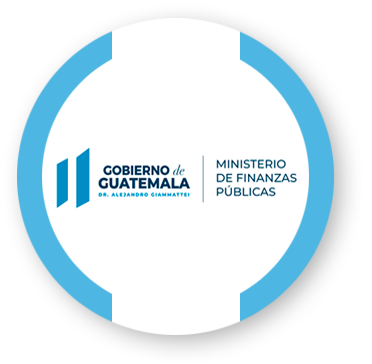
An Exchange space for innovation in PUBLIC purchasing

Entity Context

Measurement generalities

 General Results Guatemala
General Results Guatemala 

 View by analysis dimension
View by analysis dimension

• The General Directorate of State Acquisitions has strategic guidelines that make it possible to boost innovation within the entity.
• The institution's officials recognize the indicators associated with management's innovation goals.
• There is a work team dedicated to working and carrying out projects related to innovation in the institution. However, there is the ability to continue strengthening the team.
• The DGAE management team is committed to innovation as a method of differentiation and development of user-centered products and services. Likewise, the institution has a robust innovative culture through the generation of a collaborative, open and exploratory environment among its officials.
• The greatest line to be worked on in the cultural conditions of the institution is to generate and strengthen an incentive system that stimulates the development of innovation projects within the institution.
• The DGAE has initiatives or strategies that allow the transfer of knowledge between people and work areas of the organization.


• The DGAE does not have spaces for innovation that can be provided for its officials. However, collaborators consider that they are sufficient and adequate to innovate, generate ideas and achieve collaborative work.
• The entity has made progress in understanding error as learning within an innovation process. Which implies that failure is not about punishing and finding blame in the institution.
• A representative part of the officials have knowledge of innovation methodologies, prototyping tools and other tools to facilitate these processes. Likewise, the entity has developed minimum viable products that allow testing solutions and ideas with users.


• The entity has developed initiatives on a non-recurring basis for the implementation of the digital transformation plan.
• Some of the officials have digital skills or knowledge of technologies related to the nature of the entity. Likewise, the entity is in a neutral position on how to address change management related to its digital transformation. Which implies that the entity does not have a change management strategy when it comes to digitally transforming management.
• The entity's collaborators have knowledge and apply the use of technologies for their use and appropriation in the entity's work. Likewise, for the entity sometimes it is important to make data-based decision making and sometimes it is not.


• The entity has developed processes or activities that are not recurring for collaboration with universities, startups and companies to launch innovation and digital transformation projects.



 Español
Español

